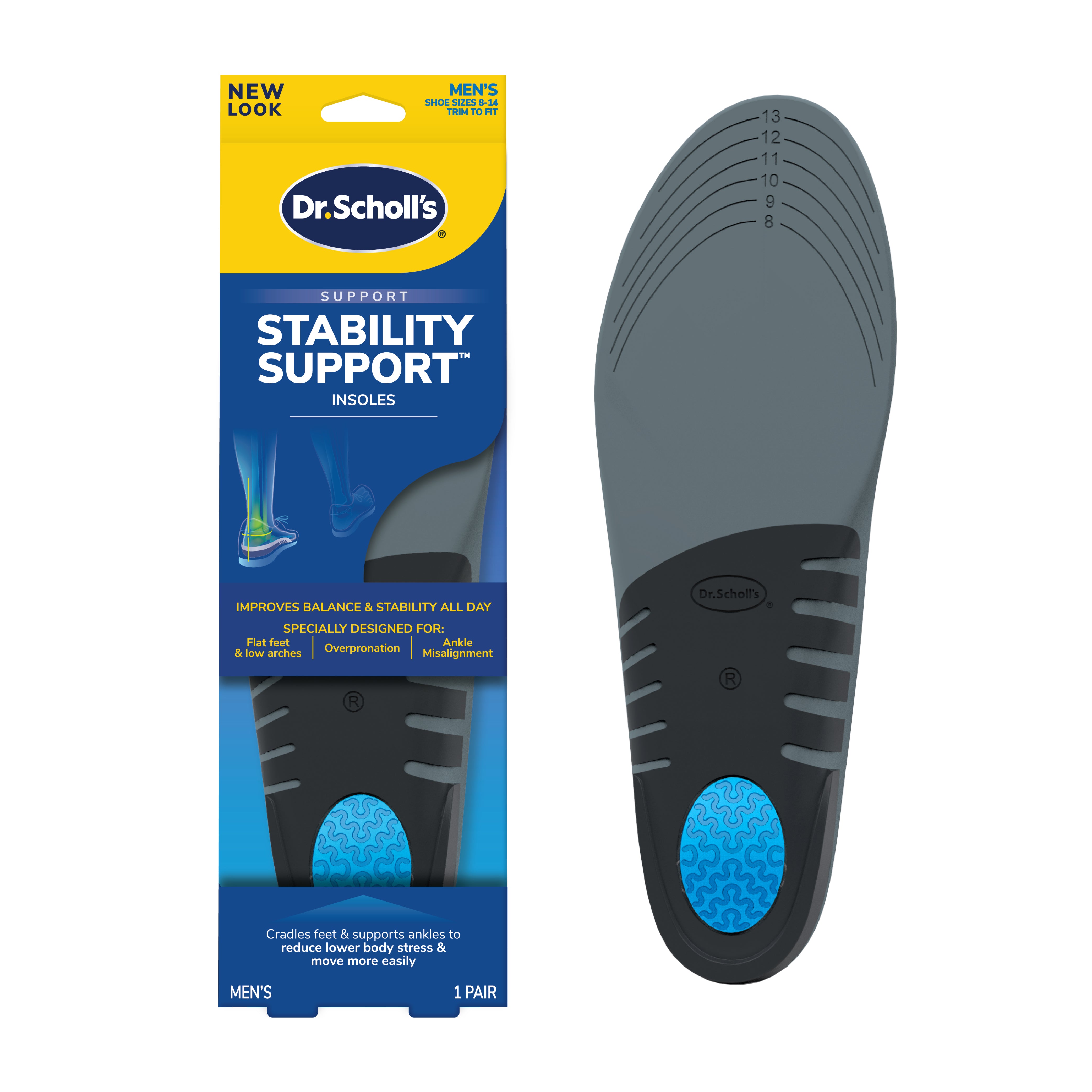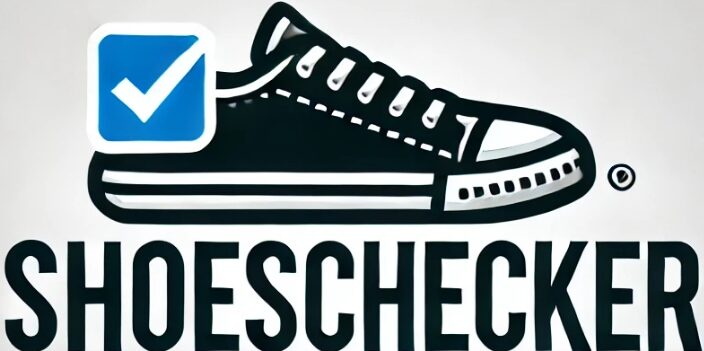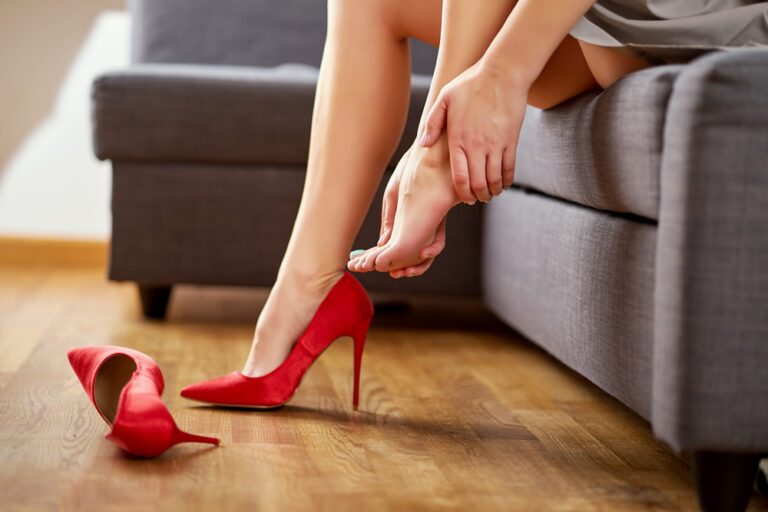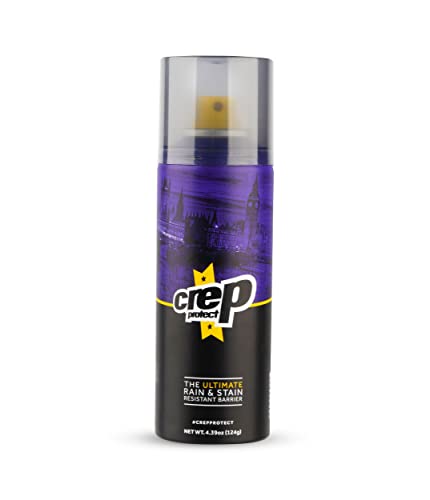Are There Insoles That Help With Overpronation? Yes!
Yes, there are insoles that help with overpronation. These insoles provide support to correct foot alignment.
They can improve comfort and reduce pain. Overpronation occurs when your foot rolls inward too much while walking. This can lead to various issues like flat feet, knee pain, or back pain. Finding the right insole can help alleviate these problems.
Insoles designed for overpronation offer extra arch support and stability. They help distribute weight evenly across your feet. This can prevent injuries and improve posture. In this blog, we will explore how these insoles work and why they are beneficial. We will also discuss how to choose the best insole for your needs. Stay tuned to learn more about managing overpronation with the right support.
Introduction To Overpronation
Overpronation affects many people. It happens when the foot rolls inward too much while walking or running. This inward roll can cause several issues. The good news is that insoles can help manage overpronation. But first, let’s understand what overpronation is and its common symptoms.
What Is Overpronation?
Overpronation occurs during the foot’s natural movement. When you walk, your foot should roll inward slightly to absorb shock. When this roll is excessive, it puts extra stress on the foot and leg, which can lead to discomfort or injury. Many people with flat feet experience overpronation.
Common Symptoms
Overpronation has several symptoms. One common sign is uneven shoe wear. You may notice more wear on the inner edge of your shoes. Another symptom is foot pain. This pain often occurs in the heel or arch. You might also feel knee, hip, or back pain. Overpronation can affect your posture. It can cause you to feel tired quickly after walking or running. If you experience these symptoms, you may have overpronation.

Credit: www.amazon.com
Impact Of Overpronation
Overpronation can cause foot pain and other issues. Insoles designed for overpronation offer better support and alignment, helping to reduce discomfort and improve overall foot health.
Overpronation occurs when your foot rolls inward excessively while walking. This can lead to uneven weight distribution, which puts extra strain on your muscles and joints. Over time, this can cause discomfort and pain. Understanding the impact of overpronation is essential. It helps prevent long-term issues.
Long-term Effects
Overpronation can affect your posture. It may lead to chronic back pain. Your knees and hips may also suffer. This misalignment can cause joint issues. You might experience early arthritis. In severe cases, it can limit your mobility. Addressing overpronation early is crucial. It prevents these long-term effects.
Common Injuries
Overpronation increases the risk of injuries. Plantar fasciitis is a common problem. This causes heel pain. Another issue is Achilles tendinitis. It affects the back of your ankle. Shin splints are also frequent. These cause pain in your lower legs. Overpronation can even lead to bunions. They are painful bumps on your big toe. Using proper insoles can help. They offer support and reduce injury risks.
“`
Benefits Of Using Insoles
Using insoles can greatly improve foot health, especially for those with overpronation. Insoles provide support and comfort, making everyday activities more manageable. They help distribute weight evenly and reduce strain on different parts of the foot. Below are some key benefits of using insoles, particularly for overpronation.
Support And Alignment
Overpronation occurs when the foot rolls inward excessively, which can lead to misalignment of the body’s posture. Insoles designed for overpronation provide the necessary support to correct this issue. They help maintain the natural arch of the foot, offering better alignment.
Insoles reduce stress on the ankles, knees, and lower back by keeping the feet properly aligned. This not only improves posture but also enhances overall body alignment. Proper alignment is crucial for avoiding long-term injuries and maintaining a healthy gait.
| Feature | Benefit |
|---|---|
| Arch Support | Maintains natural foot arch |
| Heel Cup | Stabilizes the heel |
| Shock Absorption | Reduces foot impact |
Pain Relief
Overpronation often leads to pain in the feet, ankles, and lower body. Insoles can help alleviate this pain by providing cushioning and support where it is needed most. They absorb shock and reduce pressure points.
Insoles also help in redistributing weight evenly across the foot. This minimizes the strain on specific areas, leading to significant pain relief. Many users report reduced discomfort after just a few days of using insoles.
- Reduced Foot Pain: Provides cushioning to sore areas.
- Less Ankle Stress: Stabilizes the foot and prevents rolling.
- Lower Back Relief: Improves overall posture and alignment.
Types Of Insoles For Overpronation
Overpronation is a common issue affecting many people. It happens when your foot rolls inward too much while walking or running, leading to pain and injuries. Luckily, insoles can help. Different types of insoles can assist with overpronation.
Custom Orthotics
Custom orthotics are specially made for your feet. A podiatrist creates them based on your foot shape and needs. These insoles offer the best support, correct your foot’s alignment, and provide cushioning and stability. This can help reduce pain and prevent injuries.
Over-the-counter Insoles
Over-the-counter insoles are available at many stores. They are not custom-made but still provide good support. These insoles come in various sizes and types. Some are designed specifically for overpronation. They help to stabilize your foot and improve your walking pattern.
Both custom orthotics and over-the-counter insoles can be effective. Choosing the right one depends on your specific needs and budget.
Key Features To Look For
Are you struggling with overpronation? Finding the right insoles can make a big difference. Choosing the best insoles requires understanding the key features that support your feet. Let’s explore the key features to look for in insoles designed to help with overpronation.
Arch Support
Proper arch support is crucial for managing overpronation. Look for insoles that offer firm support to the arch of your foot. This helps to align your feet and reduce the inward roll. The arch support should be neither too soft nor too hard. It needs to be just right to provide stability and comfort.
Material And Durability
The material and durability of insoles are important factors to consider. High-quality materials like EVA foam or gel provide good cushioning and last longer. Durable insoles maintain their shape and effectiveness over time, ensuring long-lasting support and relief.
Top Insole Picks For Overpronation
Finding the right insoles for overpronation can be challenging. Overpronation causes the foot to roll inward, leading to pain and discomfort. The correct insoles can provide support and alleviate pain. Here are some top insole picks to consider.
Best Overall
The Superfeet Green Insoles are highly recommended. They offer excellent arch support and durability. These insoles have a deep heel cup to stabilize the foot. They are suitable for various activities, from running to daily use. Users often report reduced pain and improved comfort.
Budget-friendly Option
Dr. Scholl’s Athletic Series Running Insoles are an affordable choice. They provide good support and cushioning, helping reduce shock during high-impact activities. They are designed to fit easily into most shoes, and many users find them effective for reducing pain and discomfort.
How To Choose The Right Insole
Finding the right insole for overpronation can significantly reduce pain and discomfort. But how do you choose the best one? Below, we break down the key steps in choosing the perfect insole for your needs.
Assessing Your Needs
Start by understanding your specific foot condition. Do you have flat feet, high arches, or another issue? Knowing this helps you select the right insole. You can perform a simple wet foot test at home. Wet your foot and step on a piece of paper. The imprint will show if you have flat feet, normal arches, or high arches.
Consider the type of shoes you wear most often. Athletic shoes, work boots, and casual shoes may require different types of insoles. Make sure the insole you choose fits well in your shoes. Measure both the length and width of your shoes’ insides to ensure a proper fit.
Consulting A Specialist
Consult a podiatrist or a specialist. They can provide a professional assessment of your foot condition. A specialist can recommend the best type of insole for your needs. They might even suggest custom orthotics for severe overpronation.
Custom orthotics are specially made for your feet. They can provide the best support and alignment. Though more expensive, they offer long-term benefits. If custom orthotics are not an option, ask your specialist to recommend a high-quality over-the-counter insole.
| Feature | Importance |
|---|---|
| Arch Support | Essential for correcting overpronation |
| Cushioning | Reduces impact on feet |
| Fit | Must fit well in your shoes |
| Material | Choose breathable and durable materials |
By assessing your needs and consulting a specialist, you can find the right insole, which will ensure better comfort and support for your feet.

Credit: www.amazon.com
Maintenance And Care Tips
Proper maintenance and care are essential to ensure your overpronation insoles last longer and remain effective. Regular cleaning and timely replacement can help maintain their support and comfort. Below are some practical tips to keep your insoles in top condition.
Cleaning Your Insoles
Keeping your insoles clean is important for hygiene and longevity. Follow these steps to clean your insoles effectively:
- Remove the insoles from your shoes.
- Brush off any loose dirt or debris with a soft brush.
- Mix warm water with a mild detergent in a bowl.
- Dip a soft cloth or sponge in the soapy water and gently scrub the insoles.
- Rinse the insoles with clean water to remove soap residue.
- Pat them dry with a towel and let them air dry completely before placing them back in your shoes.
Avoid using harsh chemicals or hot water, as these can damage the insoles.
When To Replace
Even with the best care, insoles will eventually wear out. Here are signs that it’s time to replace your insoles:
- Visible Wear and Tear: Holes, frayed edges, or significant flattening.
- Lack of Support: The insoles may no longer provide adequate support if your feet feel sore or tired.
- Odor: Persistent bad smells that do not go away with cleaning.
As a general rule, replace your insoles every six to twelve months, depending on usage and wear. Regular checks can help you determine if it’s time for a new pair.
Real-life Success Stories
Many people with overpronation have found relief using specialized insoles. These insoles help correct foot alignment. Real-life success stories highlight their effectiveness in reducing pain and improving comfort.
Many people suffer from overpronation, which can cause discomfort and pain. Finding the right insoles can make a big difference. Let’s look at some real-life success stories, which show how effective insoles can be.
User Testimonials
John, a 45-year-old runner, had constant foot pain. He tried many solutions. Nothing worked. Then, he found insoles made for overpronation. Within weeks, his pain lessened. Now, he runs without pain.
Maria works as a nurse. She stands all day, and her feet hurt every night. She bought insoles designed for overpronation. The change was amazing. Her feet felt better after long shifts.
Expert Opinions
Dr. Smith, a podiatrist, often recommends insoles for overpronation. He has seen many patients find relief. Proper support is key, he says. Insoles can provide that support.
Physical therapist Jane agrees. She says insoles help correct foot alignment, reducing strain on muscles and joints. Many of her clients have benefitted from using them.
“`

Credit: www.drscholls.com
Frequently Asked Questions
What Are Overpronation Insoles?
Overpronation insoles are specially designed to correct excessive inward foot rolling. They provide arch support and stability, helping to align feet properly.
How Do Insoles Help With Overpronation?
Insoles help by providing extra support to the arches, reducing excessive inward foot rolling, and distributing pressure evenly.
Can Overpronation Cause Foot Pain?
Yes, overpronation can cause foot pain. It puts extra stress on the foot muscles and ligaments. This can lead to discomfort and pain.
Are Custom Orthotics Better For Overpronation?
Custom orthotics are often better for overpronation. They are tailored to fit your unique foot structure, providing optimal support and correction.
Conclusion
Finding the right insoles can help manage overpronation. Proper support reduces pain and improves walking comfort. Try different types to see what works best for you. Look for insoles specifically designed for overpronation. They can make a big difference. Consult a specialist if unsure.
Take care of your feet and enjoy more comfortable steps every day. Your foot health is important. Take the time to find the right support. You’ll feel the benefits with every step.







